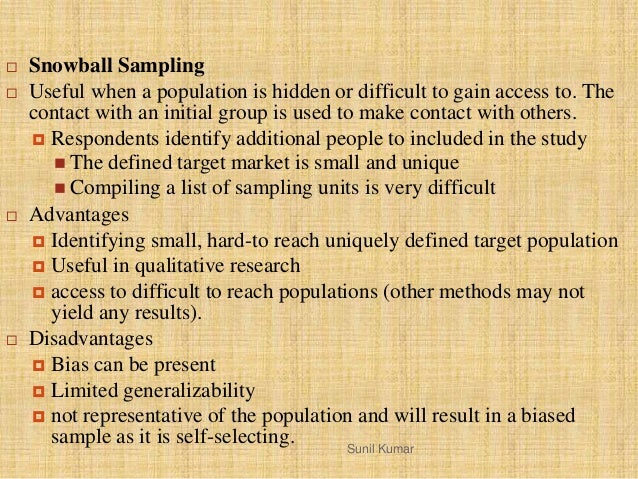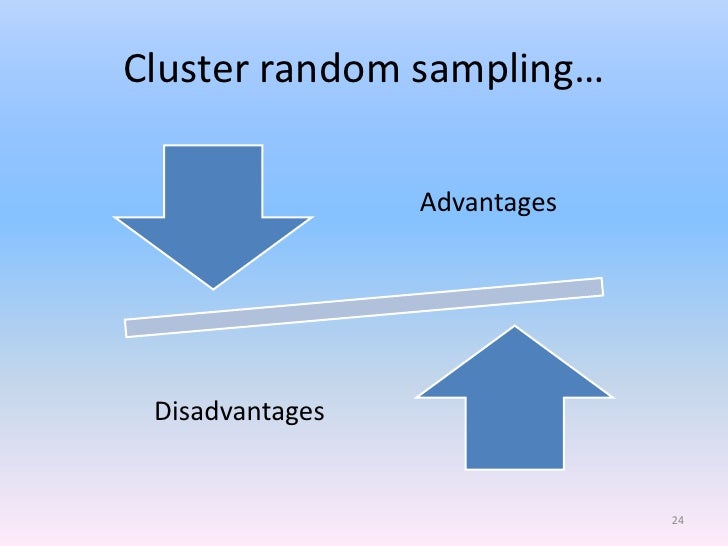
If employees feel their answers will have a negative impact on their careers, you risk introducing bias into the equation and fail to capture genuine areas that need attention. One thing to consider here: accuracy requires transparency. These surveys are conducted from a readily accessible pool of respondents (i.e., your employees). Employee Satisfaction SurveysĮmployee satisfaction and performance surveys are great examples of convenience sampling. We’ll explore when to use random sampling a little bit later. This means you need to make it as easy as possible for the survey audience to provide their feedback. Not only that, but you should focus on getting answers quickly so that it’s possible to iterate, capture insights in the moment. Everyone in the population you wish to survey should be eligible. To be effective, there must be minimal criteria necessary for participation in a survey employing convenience samples. The first one is that conducting surveys this way will cost a business fewer resource, and respondents are usually ready and willing to participate, saving on both the money and time costs we mentioned earlier.


Convenience sampling, when done correctly, have significant benefits for your business. That’s not to say that random sampling is always better. Unlike random sampling, which uses demographic data to create a representative sample for the population they’d like to study, convenience sampling relies on easily accessible sample groups. Let’s break down the name convenience sampling. Since feedback is a necessary component of first-class customer service and workforce optimization, savvy professionals include convenience sampling to get the data they need. But asking the wrong questions to the wrong group of people can have an even greater negative impact. Tracking down relevant survey groups is expensive in both time and money.

Improve My CX Reimagine your CX initiativesĬonducting a thorough survey relies on two things: willing participants and accurate data.Enjoy the Open CCaaS Advantage CX Automation with a Modern CCaaS.Move to the Cloud Innovate faster and avoid IT hassles.Understand My Potential ROI Evaluate your potential ROI.Improve My Service Quality Total quality across all customer touchpoints.Shift to One Workforce Increase CX capacity, flexibility, and agility.Fraud and Security Solutions Improve bank security investigations.Financial Compliance Trading and financial services compliance.Voice of the Customer Cross-channel CX insights.Knowledge Management Consistent & compliant answers.

Self-Service Digital engagement across channels.Analytics and Insights Speech, text & desktop analytics.Channels and Routing Unify omnichannel experiences.Real-Time Assistance Automated guidance, right now.Quality and Compliance Enhance performance & reduce risk.Forecasting and Scheduling WFM across all touchpoints.Experts(in this case, math teachers), would have to evaluate the content validity by comparing the test to the learning objectives. of each question, analyzing whether each one covers the aspects that the test was designed to cover.Ī 4th grade math test would have high content validity if it covered all the skills taught in that grade. Assessing content validity is more systematic and relies on expert evaluation. On the other hand, content validity evaluates how well a test represents all the aspects of a topic. When a test has strong face validity, anyone would agree that the test’s questions appear to measure what they are intended to measure.įor example, looking at a 4th grade math test consisting of problems in which students have to add and multiply, most people would agree that it has strong face validity (i.e., it looks like a math test). The difference is that face validity is subjective, and assesses content at surface level. Face validity and content validity are similar in that they both evaluate how suitable the content of a test is.


 0 kommentar(er)
0 kommentar(er)
